Obstructive Sleep Apnea – Dallas, TX
When Impeded Breathing Keeps You from Sleeping

It is believed that obstructive sleep apnea (OSA) accounts for more than 90% of all sleep apnea cases. Without proper treatment, it can cause serious health problems that inhibit a person’s well-being as well as shorten their lifespan. As the clinical director of Star Sleep & Wellness in Dallas, Dr. Kent Smith and our team of sleep experts are here to offer proven techniques and treatments for OSA before it worsens. With our in-house sleep lab, we can begin the process of addressing symptoms and improving sleep patterns for a better quality of life. Contact us to schedule an appointment where we can discuss obstructive sleep apnea in Dallas.
What Causes Obstructive Sleep Apnea?
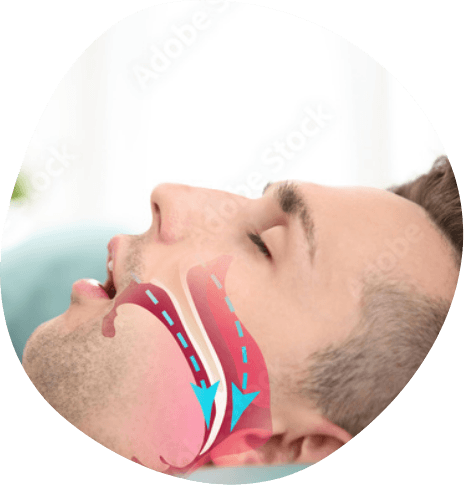
A blocked airway is the most common cause of obstructive sleep apnea. When the soft palate and tongue collapse, they can create an obstruction that prevents air from flowing freely in and out of the mouth. Breathing ultimately stops and because of the limited oxygen intake, the brain triggers the body, causing you to wake suddenly, often gasping for air.
Other causes of obstructive sleep apnea include:
- A narrow nasal passage
- An enlarged uvula
- A deviated septum
- Missing teeth
- An enlarged tongue
- A recessed lower jaw
- Enlarged tonsils
- Being overweight or obese with fat accumulations around the neck
- Sleeping on your back
- Diabetes
- Genetics
- Certain genetic disorders such as Down syndrome
Possible Complications of Obstructive Sleep Apnea
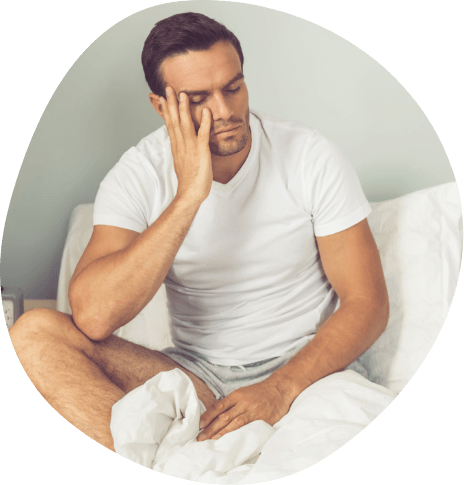
Obstructive sleep apnea should not remain untreated. Otherwise, it can lead to serious health problems that can have long-term or even fatal consequences, some of which include:
- Heart attack or stroke
- Chronic fatigue
- A heightened risk of drowsy driving
- High blood pressure
- Poor work performance
- Frequent headaches
- Weight gain that causes you to become overweight or obese
- Moodiness
- Heart disease
- Diabetes
When Should I See A Doctor About Obstructive Sleep Apnea?

If you suspect you have one or more of the symptoms associated with OSA, it is important that you contact our office for an appointment. Loud snoring that wakes others, gasping for air throughout the night, experiencing chronic fatigue throughout the day, or learning that you stop breathing while asleep are all reasons to contact our team at Star Sleep & Wellness in Dallas.
Based on your evaluation, we will recommend a sleep study to determine if sleep apnea is the problem before developing a personalized plan with recommended treatment options.
Types of Treatment for Obstructive Sleep Apnea
Our sleep specialists in Dallas recognize there is no single option that can treat obstructive sleep apnea in all patients. Instead, we are pleased to provide different solutions that can be successful and life-changing, such as:
Oral Appliance Therapy
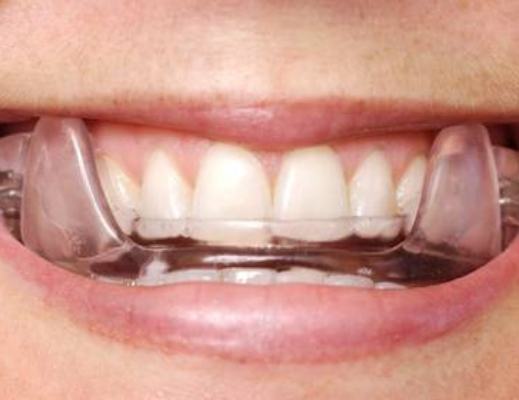
Oral appliance therapy (OAT) involves wearing a customizable device while sleeping. Designed to fit comfortably inside the mouth, the oral appliance prevents soft tissues from collapsing and gently shifts the lower jaw forward to help keep the airway open. These devices help to ensure proper breathing and can be useful in minimizing snoring.
Continuous Positive Airway Pressure (CPAP)
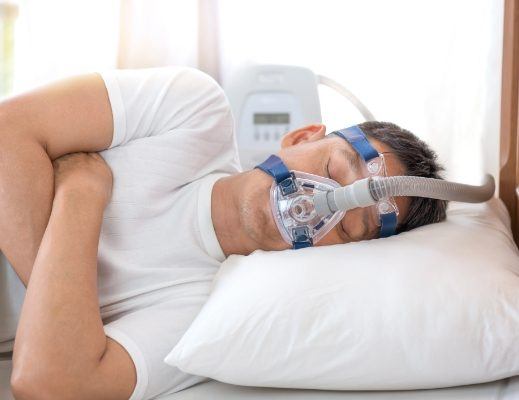
Many patients with OSA often start treatment using a continuous positive airway pressure (CPAP) system. Effective at pushing air through the mask and into the airways to keep them open, they do require more components than OAT, as they consist of a mask, tubing, and a machine. Many patients complain about the bulkiness of their devices and difficulty when it comes to traveling.
Combination Therapy
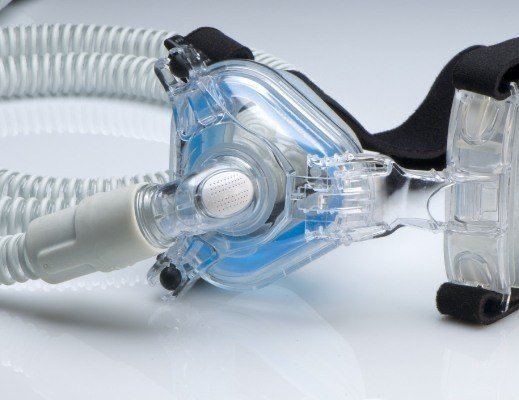
Some patients are recommended for combination therapy that involves using a CPAP device and oral appliance. While the individual wears a customized oral device while sleeping, they also wear a CPAP, though the pressure is not on the highest setting. This helps to minimize noise. With this type of obstructive sleep apnea treatment, patients can still expect to achieve better sleep while traveling even if they only take their oral appliance.
Health & Wellness Coaching
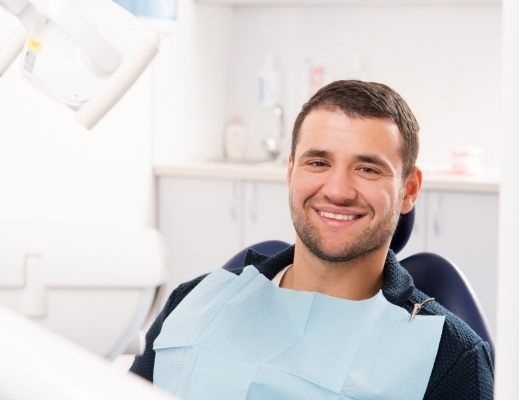
In addition to oral appliance therapy and using a CPAP, we also provide health and wellness coaching that helps to address problems commonly associated with OSA. From nutrition and weight loss to depression, anxiety, and taking certain medications, our team of professionals includes sleep doctors, a nurse practitioner, and a licensed psychologist who can help.
Surgery
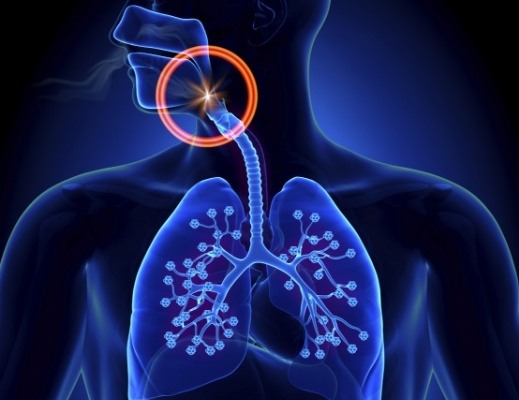
Only when all other sleep apnea treatment options are unsuccessful will we consider surgical procedures. When patients have enlarged adenoids or tonsils, it may be necessary to remove these to minimize symptoms associated with OSA. Other invasive procedures may be required as well, depending on your case, that includes removing or reconstructing parts of your airway or facial structure.
Obstructive Sleep Apnea FAQs
Does everyone who snores have obstructive sleep apnea (OSA)?
No, just because you snore does not mean that you have obstructive sleep apnea, and vice versa. It is believed, however, that nearly 20 million adults in the U.S. are living with sleep apnea, many of whom experience chronic snoring as a leading symptom. The only way to determine if your loud snoring is a symptom of OSA is to undergo a sleep study. Our team can provide you with a referral to our in-house sleep lab so that technicians can monitor and collect necessary data for analysis. We also offer a take-home sleep test for a more convenient approach.
Can a dentist diagnose obstructive sleep apnea?
No, a dentist cannot diagnose your OSA; however, they can determine if you should undergo a sleep test. At Star Sleep & Wellness, though, we want our patients to remain in one convenient location, which is why we provide sleep testing as well as diagnosis and treatment. Our staff consists of sleep physicians who can analyze the study’s data and formally diagnose OSA. This makes for a more efficient process, as your diagnosis can then be turned into a treatment plan that aligns with your unique needs.
Is OSA diagnosis and treatment covered by insurance?
Obstructive sleep apnea is considered a medical issue, so you can expect our team at Star Sleep & Wellness to file any necessary claims with your health insurance. Fortunately, most companies offer partial coverage for diagnosis and treatment, but your sleep doctor must provide the appropriate paperwork to obtain pre-authorization. You will be required to pay a co-pay or deductible before your insurance will agree to pay their portion of the bill. Once met, the diagnosis and recommended treatment (i.e., oral appliance, CPAP, etc.) will be partially covered.
How should I clean my OSA oral appliance?
Wearing an oral appliance to treat your obstructive sleep apnea requires that you take proper care of it. These devices are designed to be strong, but they will wear down over time. To minimize bacterial accumulation and the risk of developing cavities or other infections, you’ll need to remove your appliance in the morning and use a soft-bristled toothbrush to gently brush it. You’ll then rinse your appliance and let it air dry. You should also let your device soak in a denture cleaner regularly so that it undergoes a more thorough cleaning. When you’re not wearing your appliance, it’s best to keep it in a protective case to avoid possible damage.
